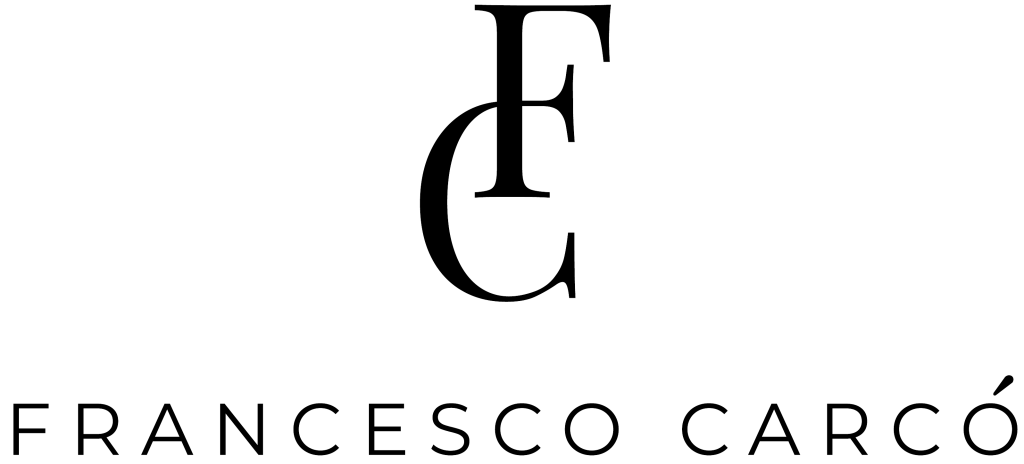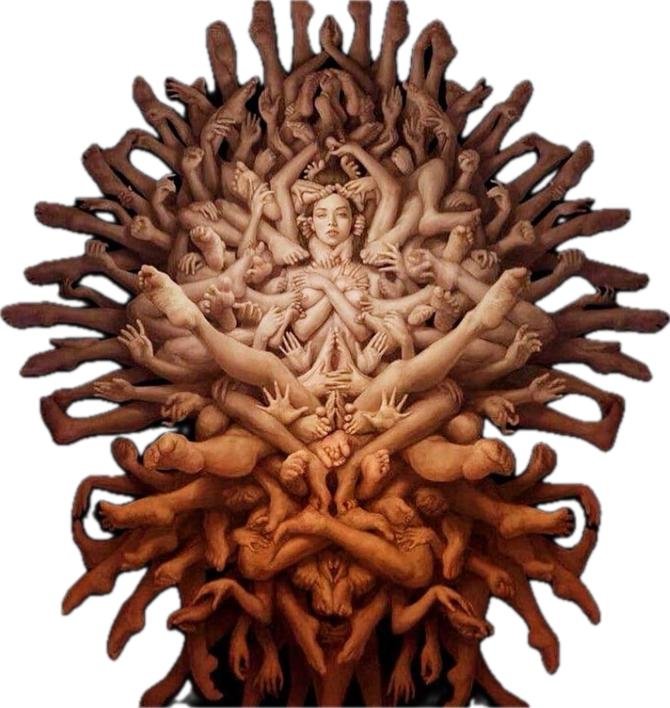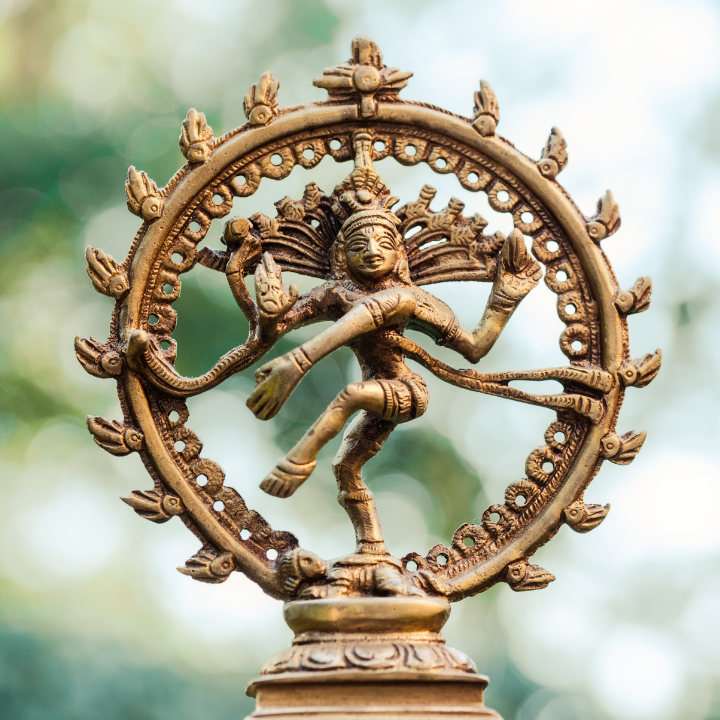Historical Background
Grof® Breathwork – formerly known as “holotropic breathwork” is a powerful and transformative breathing technique designed to help individuals achieve altered states of consciousness for therapeutic and personal growth purposes. Developed in the 1970s by psychiatrists Stanislav and Christina Grof, it combines accelerated breathing with evocative music and focused bodywork to access deep psychological and spiritual layers.
The term “holotropic” is derived from the Greek words “holos” (whole) and “trepein” (to move towards), meaning moving towards wholeness. The Grof’s developed this method as an alternative to psychedelic therapy, aiming to access the healing potential of altered states of consciousness without the use of substances. Grof® Breathwork is rooted in modern consciousness research, depth psychology, and spiritual practices from around the world. It’s designed to help individuals transcend the boundaries of their ego and access deeper dimensions of the psyche, facilitating personal insight, emotional release, and spiritual growth.




